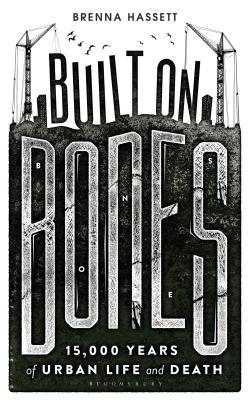What do you think?
Rate this book


320 pages, Hardcover
First published January 1, 2017
Built on Bones explores how archaeologists interpret dental and skeletal remains. In particular, it examines what we can infer from changes in humans’ bodies associated with our move from hunter-gatherer groups to agricultural and, later, urban societies. Or, as Brenna Hassett puts it: ‘This book is about human adaptation in the face of human invention.’
It’s a fascinating subject for a book, and bioarchaeologist Hassett is well qualified to write about it. The book contained some, to me, surprising revelations. For example, throughout the world, the adoption of agriculture seemed to go hand-in-hand with a decrease in physical stature. This could indicate that agricultural diets were not as nutritious as hunter-gatherer diets—although Hassett is quick to pour scorn on the current fad for so-called ‘palaeo’ diets.
Hassett explains how our move to urban lifestyle, while conveying certain benefits, also seems to have had numerous drawbacks—especially for those lower down the pecking order. She includes several chapters on how urban living led to new forms of violence, and encouraged different types of disease. All of which sounds rather gloomy—which perhaps explains Hassett’s liberal use of (a few too many) footnote-based jokes.
Built on Bones covers a surprisingly interesting subject in an entertaining manner. If I have one criticism it is that, in the early chapters in particular, Hassett often writes extremely long, heavily nested sentences. So much so that, on a number of occasions, I finally reached the end of a sentence only to discover I had entirely forgotten what it had been about. It’s a flaw I have tried to overcome, with limited success, in my own writing. (Handy hint: Try reading your sentences out loud. If you begin to asphyxiate before the end, they’re almost certainly too long.)
Occasional epic sentences aside, an entertaining read.